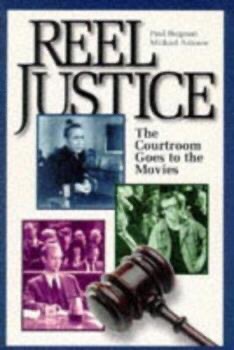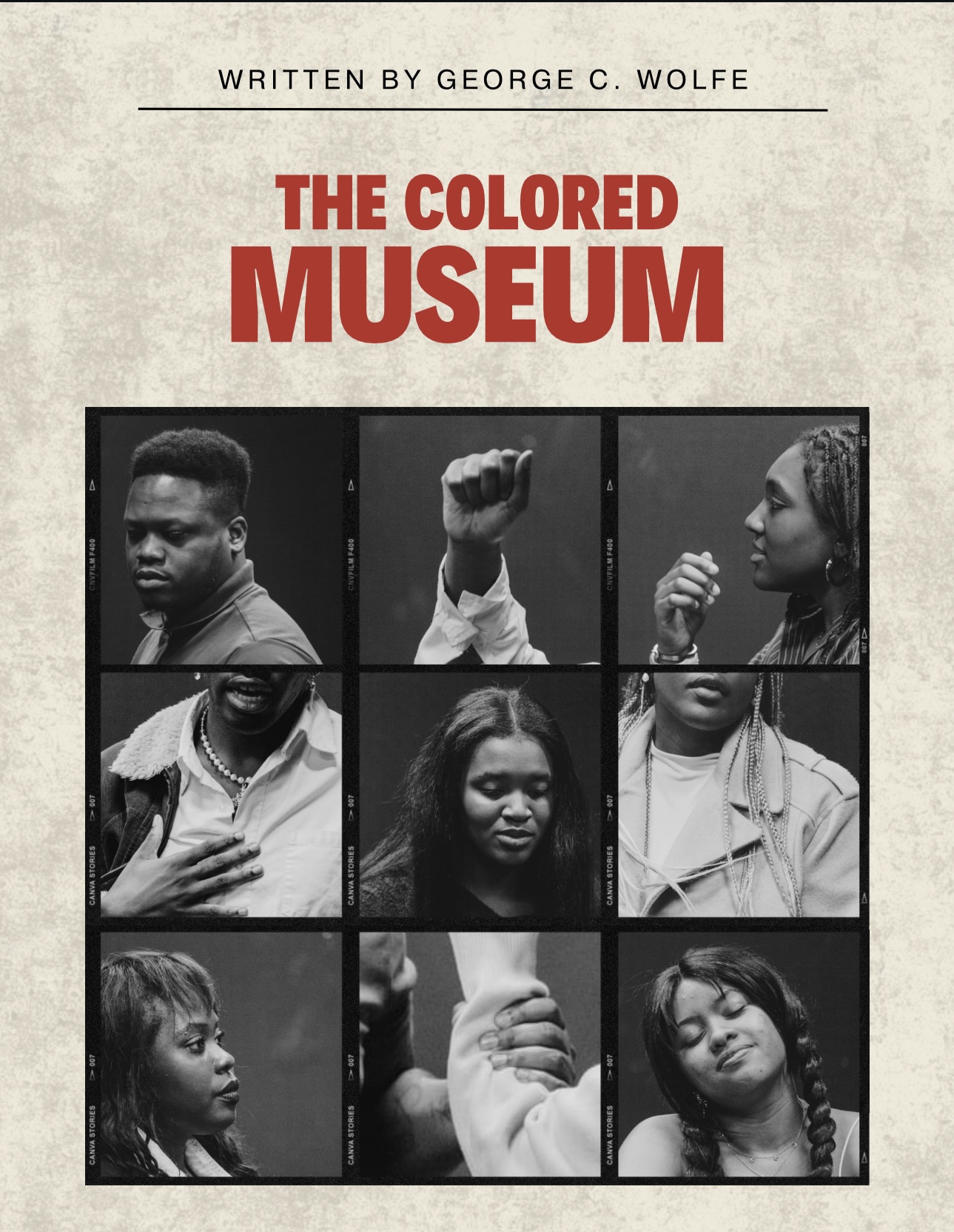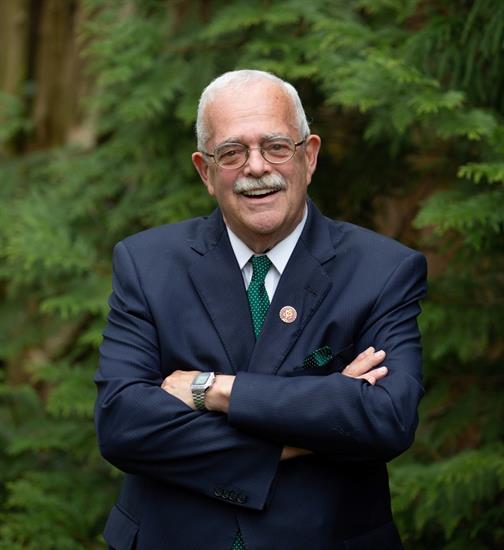Reel Justice: Film Portrayals of the American Justice System
Reel Justice: The Courtroom Goes to the Movies
By Michael Asimow and Paul Bergman

Both authors are graduates of law school and at the time of writing this book were working as law professors at UCLA. They approach this text with the humor of comedians, the knowledge legal field professionals, and the wit of a true film critic.
Since their development, films have been a pillar of American popular culture. Each season blockbuster movies are released and people flock to theaters to be entertained by them.
As a result of the ubiquity of movie watching, a field of academics and mode cultural critique were born. This book engages with the academic side of film analysis as well as the phenomenon of providing criticism about what we see and what it means.
In the introduction the authors lay out their intention for the book quite explicitly.
This book is intended to be much more than a handy guide to courtroom movies. We hope our discussions enhance your understanding of our legal system while helping you think through the messages about law, lawyers, and the legal system that the films convey.
Reel Justice: The Courtroom Goes to the Movies, introduction
During times in which our legal system and its operations are under question, this book provides accessible, entertaining, and thoughtful insight. Movies have the power to reach a wide range of people and through that reach knowledge can be dispelled. As this book demonstrates, sometimes that information can be inaccurate.
There are certain comments in the book that will remind the reader that the problems of today, did not begin yesterday. Conversely, they have been around for decades. As such, people have been commenting on them for just as long.
The Onion Field does a fine job of showing the legal system tied up in knots when it comes to imposing the ultimate punishment. In reality the death penalty is seldom carried out. It is almost a matter of random chance whether murderers will be put to death. When it is used, the death penalty is disproportionately imposed on minorities especially blacks who killed whites.
Reel Justice: The Courtroom Goes to the Movies, pg. 35
This book is filled with legal jargon that is well explained and avoids overuse. Specific legal concepts of importance, such as circumstantial evidence, are defined within the text for the reader. Minimal knowledge is assumed that impacts one’s comprehension of the text.
The format of the book is one of the most unique and notable aspects of it. Each chapter follows a theme as it relates to law. Chapter 8 focuses on stories that rely heavily on circumstantial evidence in their plot to convict a defendant.
Within the chapters a small blurb appears below the title of each film providing background information for it. This gives the reader the opportunity to look it up on YouTube and watch the trailer before reading about it.
Then the authors cover ‘the story.’ A general overview of the film plot, with special attention to the legal issues within it. Next the authors provide their ‘legal analysis.’ Distinguishing what is real law from what is Hollywood magic. If the film based on a true story the ‘trial briefs’ portion separates the story from historical reality.
This makes for an intriguing read that follows no narrative arch but comes off more as a movie selection and watch guide. Either way, it will be enjoyable for any movie lover with even a slight interest in law.
Although it makes no sweeping statements about the status of the American legal system, the commentary provides specific critiques of elements of it. Ones that a reader can carry with them as a viewer of these films.


